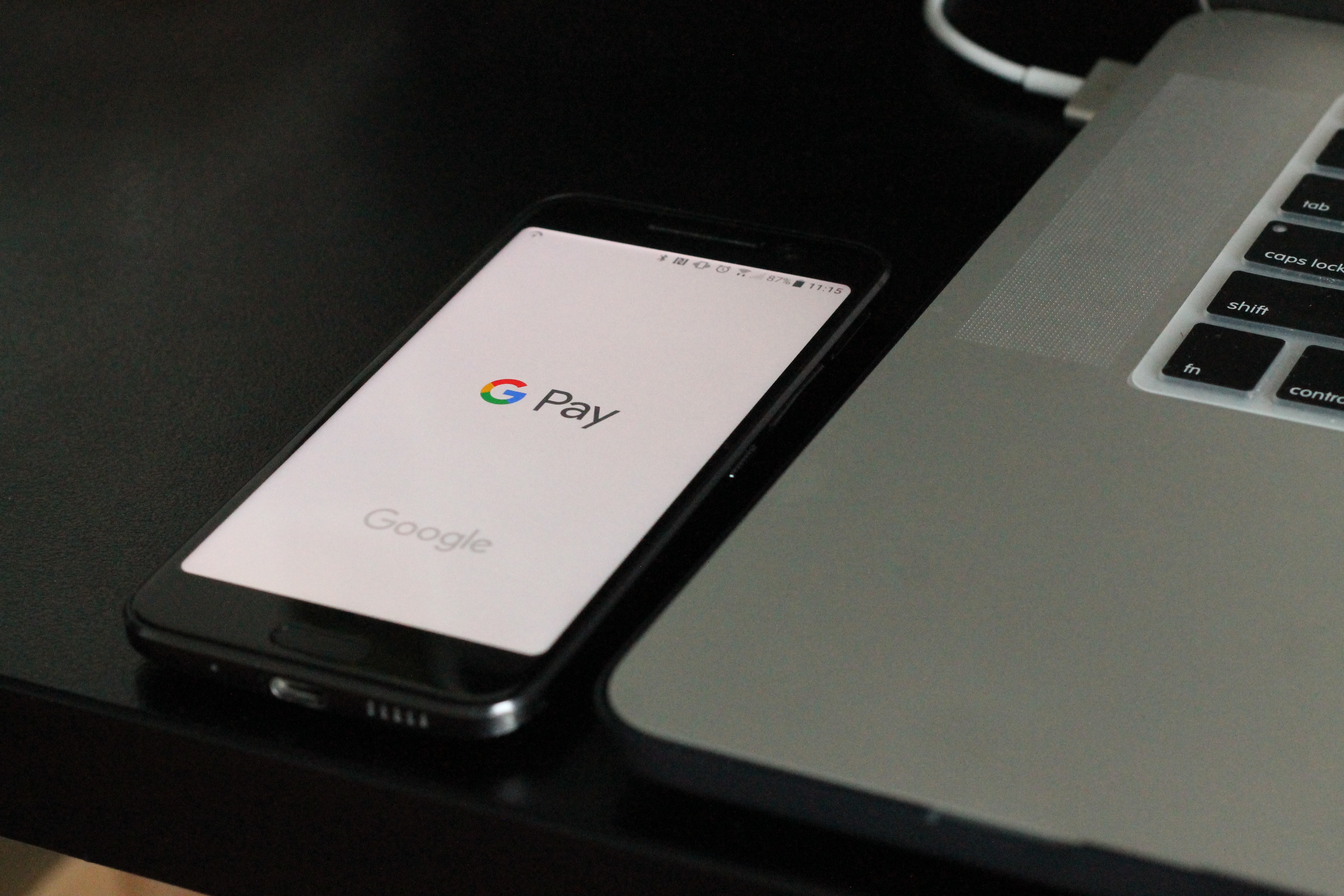Pros and cons of digital payments for businesses, landlords
Many people are exchanging money these days with new, electronic payment options such as Venmo, PayPal and Zelle. These online and app-based services make it easy to pay a friend for dinner or a roommate for half of this month’s bills.
Many customers and renters don’t have checking accounts, or prefer using digital payments, so the question of whether to accept these payments is arising regularly for small businesses and landlords. Such methods can be convenient for businesses, too, but they have some pitfalls.
With these payments, the time it takes for funds to transfer ranges from instantly, in the case of Zelle, to two to three business days for PayPal.
Here is a review of the options:
PayPal
Many businesses use PayPal, an online credit card processing service. Customers can pay a merchant with a credit or debit card, or with money in their PayPal account. That makes it a great choice for someone who doesn’t have a credit card or doesn’t want to pay for a certain purchase or service on a credit card. PayPal charges 3 percent for a business transaction. While you can avoid the fee by saying you’re paying a friend, you do risk PayPal closing the account.
PayPal provides fraud protection and sends alerts for any questionable activity.
A downside for businesses is that banks don’t always look at the amount of money in a business’s PayPal account when they decide whether to issue credit, unlike the way traditional accounts are handled.
Venmo
More and more customers are seeking to pay with Venmo, a digital wallet through which you can send and receive money.
It’s free to use when you pay with cash. Credit card payments incur a 3 percent fee.
Accounts are protected using encryption and monitored for fraudulent activity. If a user loses his or her phone, it’s also possible to log in on a computer to block the phone from accessing Venmo. There is also a multifactor authentication option.
Venmo doesn’t offer buyer or seller protection. As a result, it is safest to use when you know your customer well.
Zelle
Many people are also using Zelle. You can use it either through your bank’s mobile app or directly through the Zelle app.
There is no charge to send or receive funds through Zelle, and it includes an authentication feature to keep payments secure.
Similar to Venmo, Zelle wasn’t created for merchant transactions and isn’t set up to protect the buyer or the seller. The site specifically states that if you don’t know the person paying you, it recommends not using the service.
Collecting rent digitally
At first glance, it seems like these electronic payment options would be great for landlords, who are always seeking an easy way to get paid on time.
Landlords can choose which forms of payment to accept for rent. As a general rule, it’s typical to offer at least two payment options. That is, if a landlord accepts online payment, he or she is also obligated to accept another form of payment, such as a check.
Here are some pros and cons of landlords allowing digital payments:
The pros
It’s easy. The rent transfers into the landlord’s account with a simple click on a tenant’s phone.
Funds are deposited quickly. The money moves quickly: right away with Zelle, if both the tenant and the landlord have accounts; in one business day for Venmo; and within two or three business days for PayPal.
The cons
A payment can be sent to the wrong person accidentally. If the tenant incorrectly inputs the recipient’s information, the rent could land in the wrong person’s account. That means the tenant might think the rent is paid, and the landlord might be wondering where the money is.
No protection is given to the landlord or the tenant. With payments through Zelle and Venmo, neither the landlord nor the tenant is given any protection. If the tenant misdirects the payment to the wrong person, the service will not issue a refund or transfer the money to the intended recipient. The only option in that case is for the tenant to contact the accidental recipient and try to get the money back.
PayPal will issue a refund, but the dispute process can take time and the rent payment can end up being late.
The payment isn’t always immediate. Even if a tenant thinks he or she submitted the rent on time, it might not land in the landlord’s account until the next day or later. The landlord could end up having to charge late fees and having to convince tenants who thought they paid on time to pay the fees.
A partial rent payment goes through automatically, which can cause issues if you’re trying to evict. On these payment apps, the user can choose to pay whatever amount he or she wants to pay, and the payment goes through automatically. That can become an issue, especially if the landlord is evicting a tenant for nonpayment. That’s because an eviction can be stopped or cured when the landlord accepts any amount of payment. Essentially, a tenant could make a tiny payment on Zelle and bring the eviction to a halt, and the landlord has no way to decline the payment.
If you’re concerned about accepting the newer payment options, there is another, more traditional, digital option known as ACH payments. This method is a direct way to move money from the customer’s or tenant’s account to the business’s account. It’s an option you can turn on in most accounting software systems, such as QuickBooks, and there is no processing fee.
